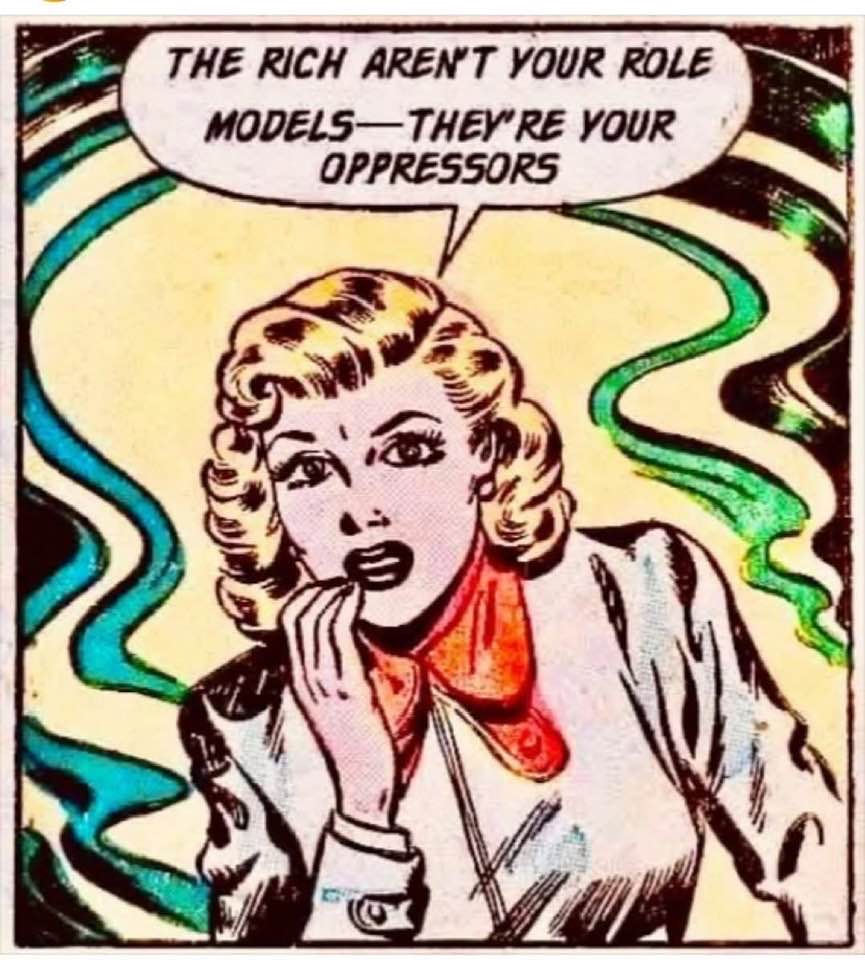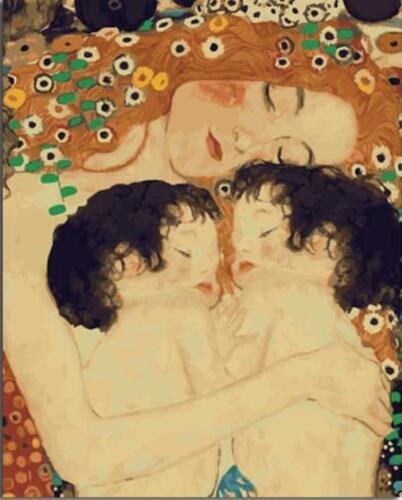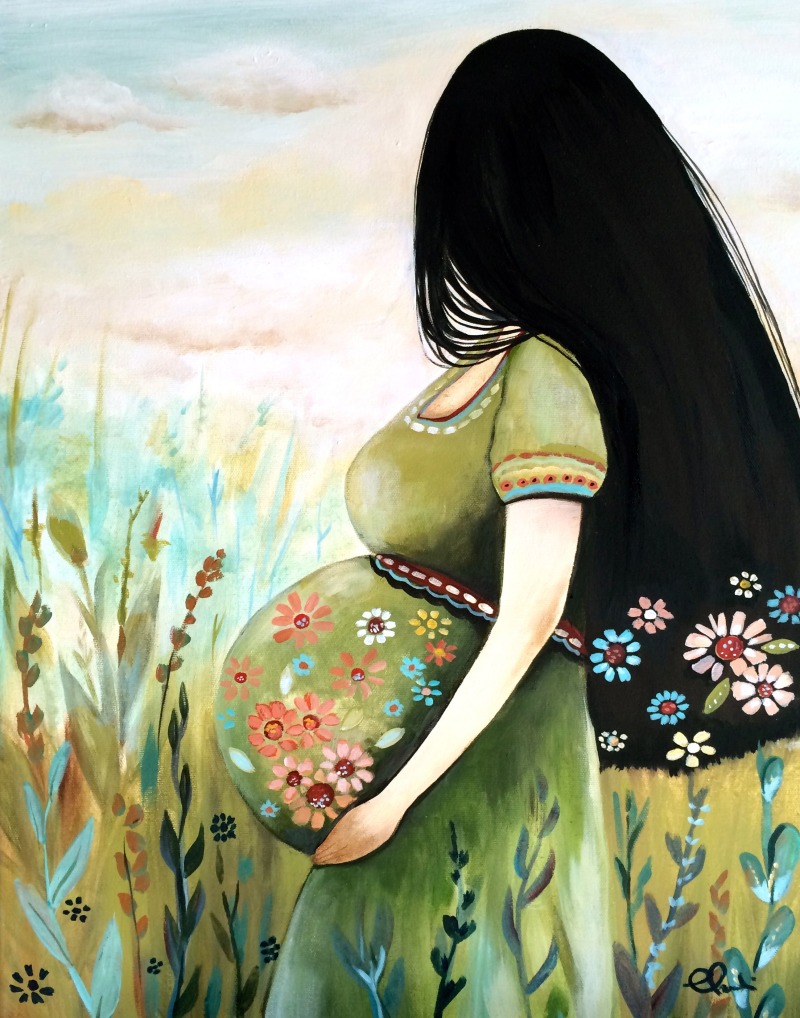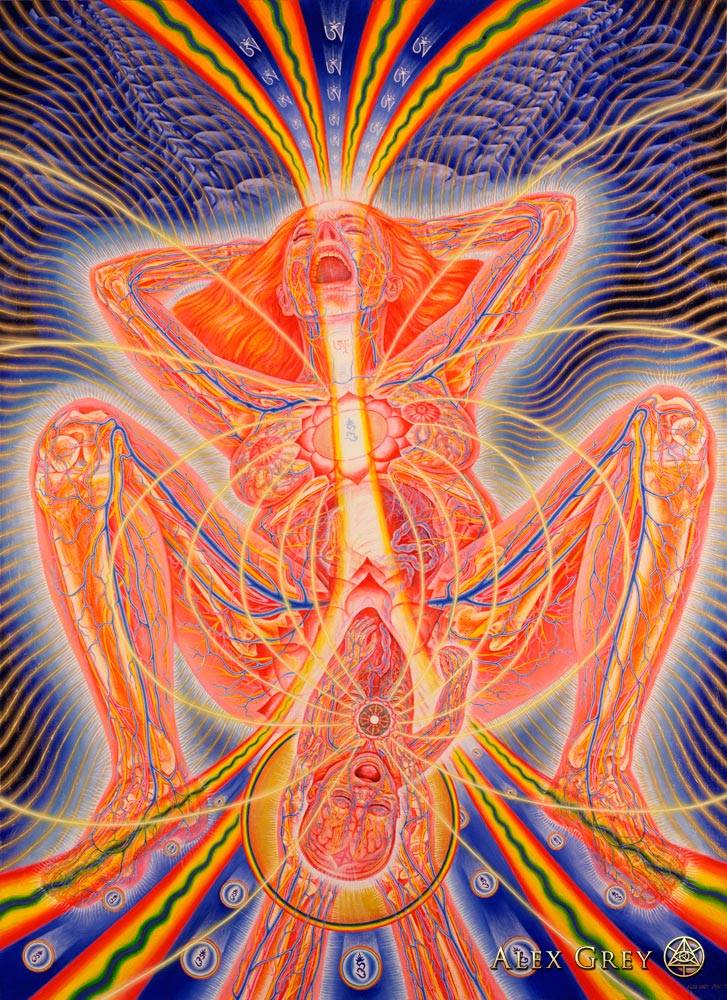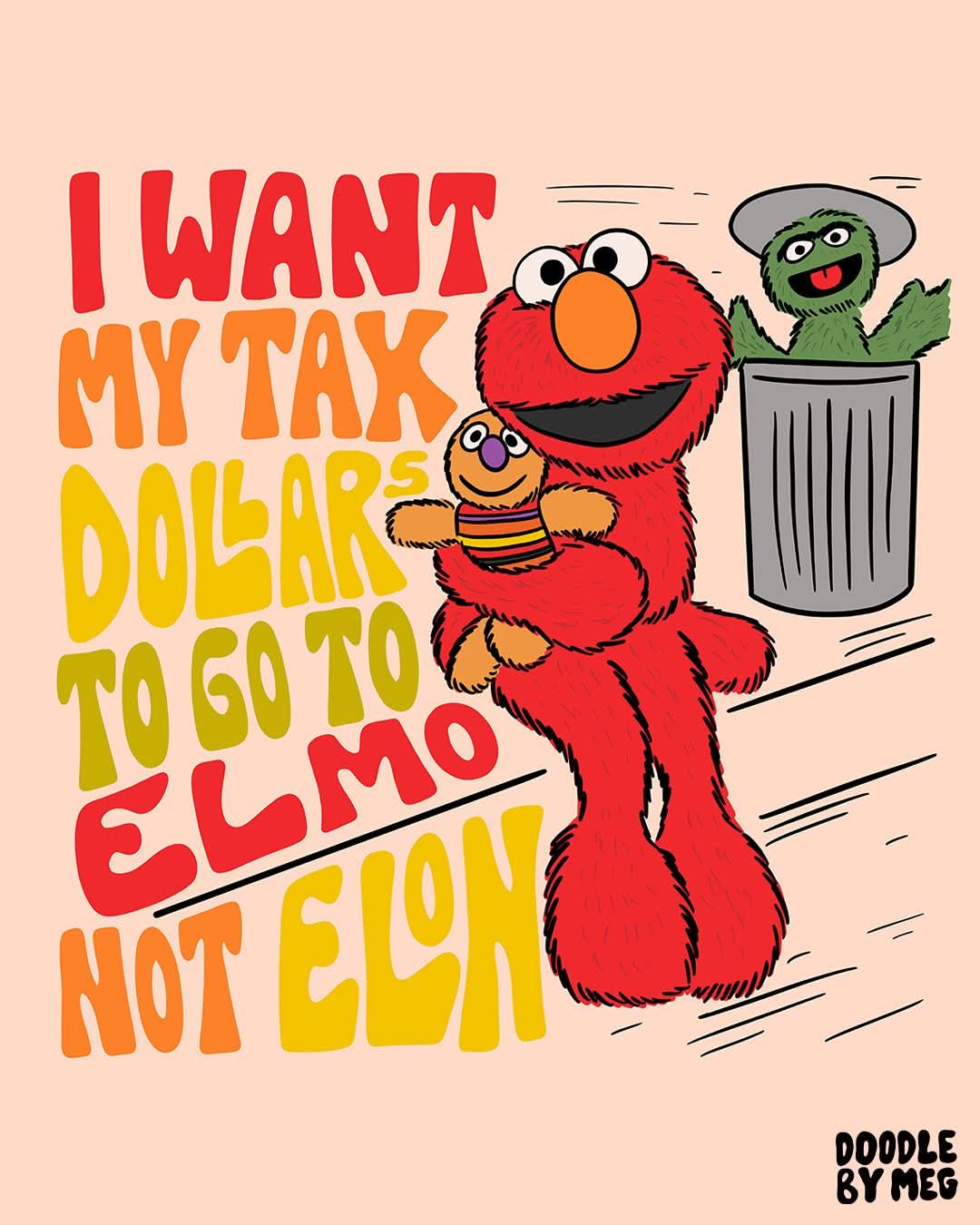Blog
Today’s NASA/ESA Hubble Space Telescope Picture of the Week features a sparkling cloudscape from one of the Milky Way’s galactic neighbours, a dwarf galaxy called the Large Magellanic Cloud. Located 160 000 light-years away in the constellations Dorado and Mensa, the Large Magellanic Cloud is the largest of the Milky Way’s many small satellite galaxies.
This view of dusty gas clouds in the Large Magellanic Cloud is possible thanks to Hubble’s cameras, such as the Wide Field Camera 3 (WFC3) that was used to collect the observations for this image. WFC3 is equipped with a variety of filters, each of which lets through only specific wavelengths, or colours, of light. This image combines observations made with five different filters, including some that capture ultraviolet and infrared light that the human eye cannot see.
The wispy gas clouds in this image resemble brightly coloured candyfloss. When viewing such a vividly coloured cosmic scene, it is natural to wonder whether the colours are ‘real’. After all, Hubble, with its 2.4 metre-wide mirror and advanced scientific instruments, doesn’t bear resemblance to a typical camera! When image-processing specialists combine raw filtered data into a multi-coloured image like this one, they assign a colour to each filter. Visible-light observations are typically matched to the colour that the filter allows through. Shorter wavelengths of light such as ultraviolet are usually coloured blue or purple, while longer wavelengths like infrared are typically coloured red.
This colour scheme closely represents reality while adding new information from the portions of the electromagnetic spectrum that humans cannot see. However, there are endless possible colour combinations that can be employed to achieve an especially aesthetically pleasing or scientifically insightful image.
[Image Description: A part of a nebula in space. It is made of layers of gas and dust clouds in different colours, from blue and green shades to pink, red and black, indicating light emitted by different molecules. The background cloud layers are thicker and puffier, though still translucent, and the upper layers are thin and bright at the edges. Behind the clouds are very many small, mostly orange and some blue, stars.]
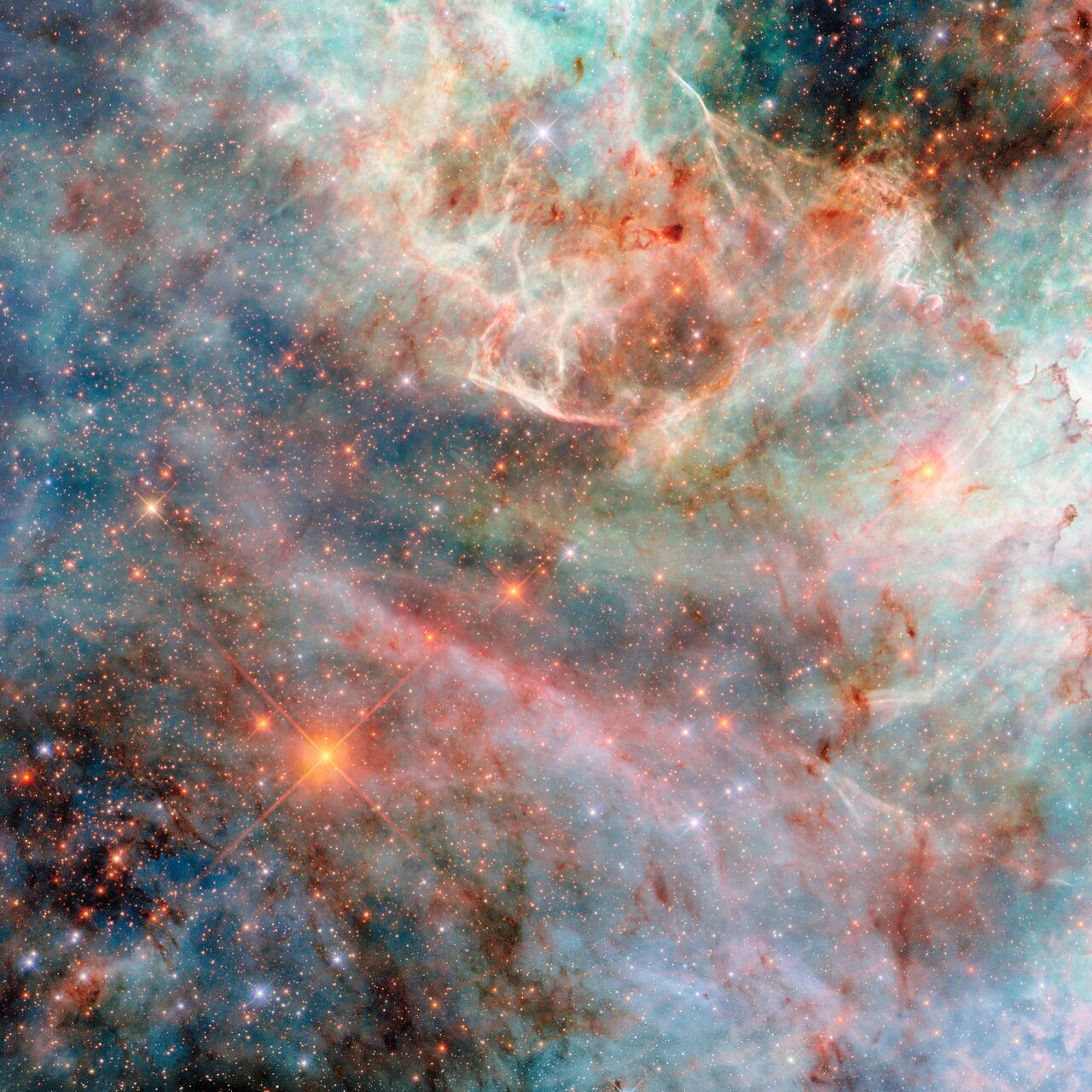
Gerald Foster Wiggins (May 12, 1922 – July 13, 2008) was an American jazz pianist and organist. Wiggins began as a professional career as a musician accompanying comedian Stepin Fetchit. Wiggins worked with Louis Armstrong and Benny Carter.[2] He was in the military from 1944 to 1946. In the 1940s, he moved to Los Angeles, where he played music for television and film. He also worked with singers like Lena Horne (1950–51), Kay Starr, and Eartha Kitt. In 1960, his best recording as a pianist appeared, Wiggin’ Out, known for the quality of its music and fresh, clear sound. He recorded another LP at the organ with saxophonist Teddy Edwards. “In the 1960s he worked as a music director and vocal coach in film studios,” including “a lengthy stint as vocal coach for Marilyn Monroe.” In the 1970s he often collaborated with vocalist Helen Humes.
more...
Burt Freeman Bacharach (May 12, 1928 – February 8, 2023) was an American composer, songwriter, record producer, and pianist who is widely regarded as one of the most important and influential figures of 20th-century popular music. Starting in the 1950s, he composed hundreds of pop songs, many in collaboration with lyricist Hal David. Bacharach’s music is characterized by unusual chord progressions and time signature changes, influenced by his background in jazz, and uncommon selections of instruments for small orchestras. He arranged, conducted, and produced much of his recorded output.
More than 1,000 different artists have recorded Bacharach’s songs. From 1961 to 1972, most of Bacharach and David’s hits were written specifically for and performed by Dionne Warwick, but earlier associations (from 1957 to 1963) saw the composing duo work with Marty Robbins, Perry Como, Gene McDaniels, and Jerry Butler. Following the initial success of these collaborations, Bacharach wrote hits for singers such as Gene Pitney, Cilla Black, Dusty Springfield, Tom Jones and B. J. Thomas.
Bacharach wrote fifty-two US Top 40 hits. Those that topped the Billboard Hot 100include “This Guy’s in Love with You” (Herb Alpert, 1968), “Raindrops Keep Fallin’ on My Head” (Thomas, 1969), “(They Long to Be) Close to You” (the Carpenters, 1970), “Arthur’s Theme (Best That You Can Do)” (Christopher Cross, 1981), “That’s What Friends Are For” (Warwick, 1986), and “On My Own” (Carole Bayer Sager, 1986). His accolades include six Grammy Awards, three Academy Awards, and one Emmy Award.
Bacharach is described by writer William Farina as “a composer whose venerable name can be linked with just about every other prominent musical artist of his era”; in later years, his songs were newly appropriated for the soundtracks of major feature films, by which time “tributes, compilations, and revivals were to be found everywhere”. A significant figure in easy listening, he influenced later musical movements such as chamber pop and Shibuya-kei. In 2015, Rolling Stone ranked Bacharach and David at number 32 for their list of the “100 Greatest Songwriters of All Time”. In 2012, the duo received the Library of Congress Gershwin Prize for Popular Song, the first time the honor has been given to a songwriting team.
more...
Stephen Lawrence Winwood (born 12 May 1948) is an English musician and songwriter whose genres include blue-eyed soul, rhythm and blues, blues rock, and pop rock. Though primarily a guitarist, keyboard player, and vocalist prominent for his distinctive soulful high tenor voice, Winwood plays other instruments proficiently, including drums, mandolin, bass, and saxophone.
Winwood achieved fame during the 1960s and 1970s as an integral member of three successful bands: the Spencer Davis Group (1964–1967), Traffic (1967–1969 and 1970–1974), and Blind Faith (1969). During the 1980s, his solo career flourished and he had a number of hit singles, including “While You See a Chance” (1980) from the album Arc of a Diver and “Valerie” (1982) from Talking Back to the Night (“Valerie” became a hit when it was re-released with a remix from Winwood’s 1987 compilation album Chronicles). His 1986 album Back in the High Life marked his career zenith, with hit singles including “Back in the High Life Again“, “The Finer Things“, and the US BillboardHot 100 number one hit “Higher Love“. He found the top of the Hot 100 again with “Roll with It” (1988) from the album Roll with It, with “Don’t You Know What the Night Can Do?” and “Holding On” also charting highly the same year. Although his hit singles ceased after the 1980s, he continued to release new albums up to 2008, when Nine Lives, his latest album, was released.
In 2004, Winwood was inducted into the Rock and Roll Hall of Fame as a member of Traffic. He has won two Grammy Awards and an Ivor Novello Award, and has been honored as a BMI Icon. In 2008, Rolling Stone ranked Winwood number 33 on its list of 100 Greatest Singers of All Time.
more...Gary George Peacock (May 12, 1935 – September 4, 2020) was an American jazzdouble bassist. He recorded a dozen albums under his own name, and also performed and recorded with major jazz figures such as avant garde saxophonist Albert Ayler, pianists Bill Evans, Paul Bley and Marilyn Crispell, and as a part of Keith Jarrett’s “Standards Trio” with drummer Jack DeJohnette. The trio existed for over thirty years, and recorded over twenty albums together. DeJohnette once stated that he admired Peacock’s “sound, choice of notes, and, above all, the buoyancy of his playing.” Marilyn Crispell called Peacock a “sensitive musician with a great harmonic sense.”
more...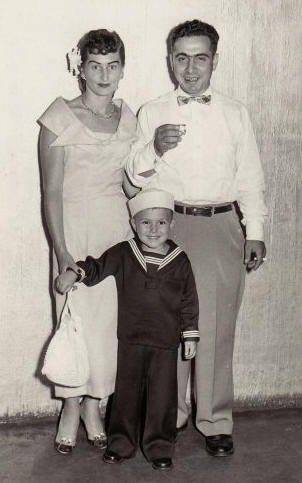

The Heart Nebula (also known as the Running Dog Nebula, Sharpless 2-190) is an emission nebula, 7,500 light-years (2,300 pc) away from Earth and located in the Perseus Arm of the Galaxy in the constellation Cassiopeia. It was discovered by William Herschel on 3 November 1787. It displays glowing ionized hydrogengas and darker dust lanes.
The brightest part of the nebula (a knot at its western edge) is separately classified as NGC 896, because it was the first part of the nebula to be discovered. The nebula’s intense red output and its morphology are driven by the radiation emanating from a small group of hot stars near the nebula’s center. This open cluster of stars, known as Collinder 26, Melotte 15, or IC 1805, contains a few bright stars nearly 50 times the mass of the Sun, and many more dim stars that are only a fraction of the Solar mass.
The Heart Nebula is also made up of ionised oxygen and sulfur gasses, which are responsible for the rich blue and orange colours seen in narrowband images. The nebula also spans almost 2 degrees in the sky, covering an area four times that of the diameter of the full moon.
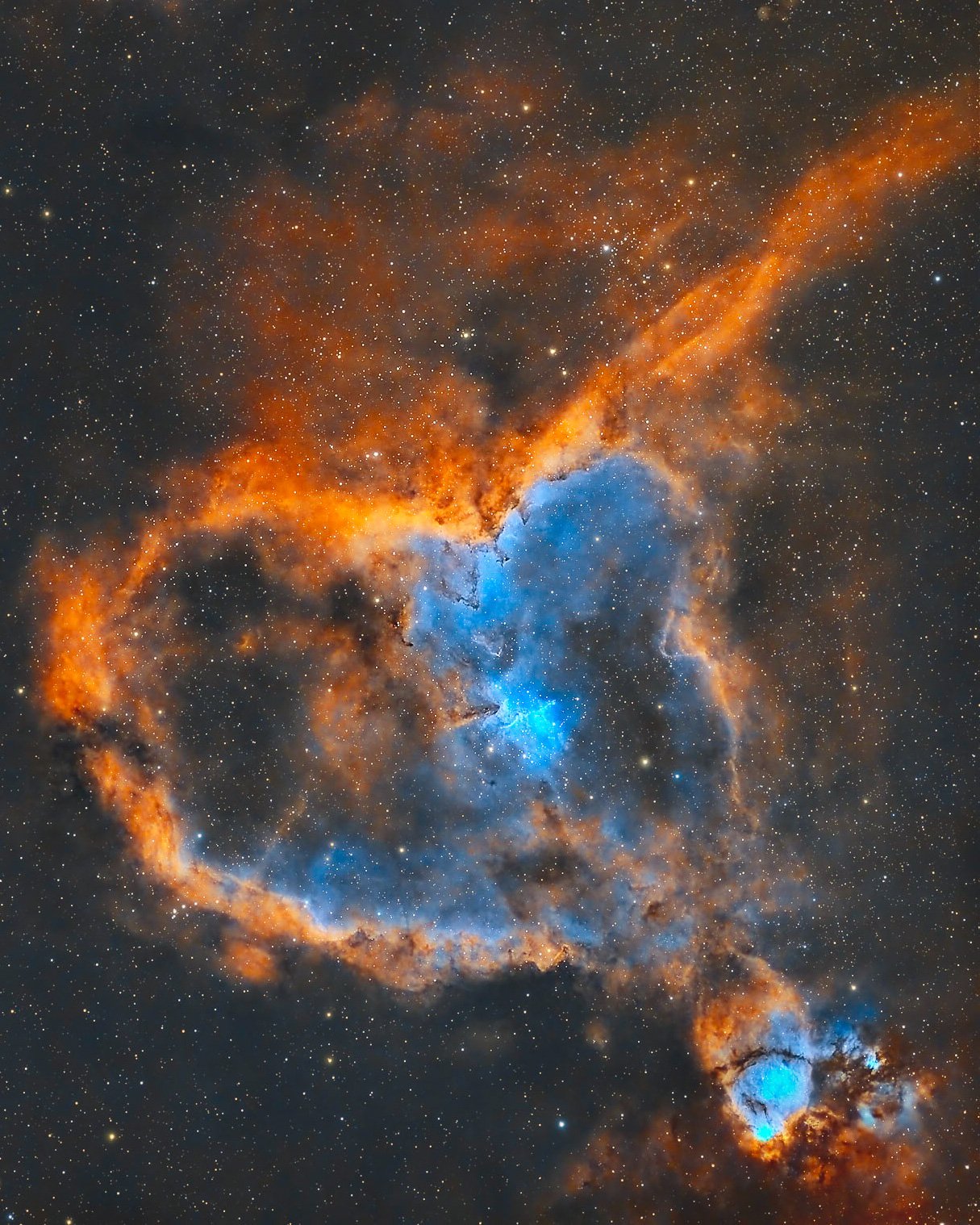
Eric Victor Burdon (born 11 May 1941) is an English singer and songwriter. He was previously the lead vocalist of the R&B and rock band The Animals and the funk band War. He is regarded as one of the British Invasion‘s most distinctive singers with his deep, powerful blues-rock voice. Burdon is also known for his intense stage performances.
In 2008, he was ranked 57th in Rolling Stone‘s list of “The 100 Greatest Singers of All Time”.
more...Irving Berlin (born Israel Isidore Beilin; May 11, 1888 – September 22, 1989) was a Russian-born American composer and songwriter. His music forms a large part of the Great American Songbook. Berlin received numerous honors including an Academy Award, a Grammy Award, and a Tony Award. He also received the Presidential Medal of Freedom from President Gerald R. Ford in 1977. Broadcast journalist Walter Cronkitestated he “helped write the story of this country, capturing the best of who we are and the dreams that shape our lives”.
Born in Imperial Russia, Berlin arrived in the United States at the age of five. His family left Russia to escape pogroms, one of which destroyed their village. He published his first song, “Marie from Sunny Italy”, in 1907, receiving 33 cents for the publishing rights, and became known as the composer of numerous international hits, starting with 1911’s “Alexander’s Ragtime Band“. He also was an owner of the Music Box Theatre on Broadway. For much of his career, Berlin could not read sheet music, and was such a limited piano player that he could only play in the key of F-sharp; he used his custom piano equipped with a transposing lever when he needed to play in keys other than F-sharp. He was known for writing music and lyrics in the American vernacular: uncomplicated, simple and direct, with his stated aim being to “reach the heart of the average American”, who he saw as the “real soul of the country”.
He wrote hundreds of songs, many becoming major hits, which made him famous before he turned thirty. During his 60-year career he wrote an estimated 1,500 songs, including the scores for 20 original Broadway shows and 15 original Hollywood films, with his songs nominated eight times for Academy Awards. Many songs became popular themes and anthems, including “Alexander’s Ragtime Band“, “Blue Skies“, “Easter Parade“, “Puttin’ on the Ritz“, “Cheek to Cheek“, “White Christmas“, “Happy Holiday“, “Anything You Can Do (I Can Do Better)“, and “There’s No Business Like Show Business“. His Broadway musical This Is the Army (1942) was adapted into the 1943 film of the same name. Berlin’s songs have reached the top of the US charts 25 times and have been extensively re-recorded by numerous singers. Berlin died in 1989 at the age of 101. Composer Douglas Moore sets Berlin apart from all other contemporary songwriters, and includes him instead with Stephen Foster, Walt Whitman, and Carl Sandburg, as a “great American minstrel”—someone who has “caught and immortalized in his songs what we say, what we think about, and what we believe.” Composer George Gershwincalled him “the greatest songwriter that has ever lived”, and composer Jerome Kern concluded that “Irving Berlin has no place in American music—he is American music.
more...Carla Bley (born Lovella May Borg; May 11, 1936 – October 17, 2023) was an American jazz composer, pianist, organist, and bandleader. An important figure in the free jazz movement of the 1960s, she gained acclaim for her jazz opera Escalator over the Hill (released as a triple LP set), as well as a book of compositions that have been performed by many other artists, including Gary Burton, Jimmy Giuffre, George Russell, Art Farmer, Robert Wyatt, John Scofield, and her ex-husband Paul Bley. She was a pioneer in the development of independent artist-owned record labels, and recorded over two dozen albums between 1966 and 2019.
more...
David Thomas Mason (born 10 May 1946) is an English singer-songwriter and guitarist from Worcester, who played with the rock band Traffic. While with Traffic, he wrote the psychedelic pop song “Hole in My Shoe“. “Only You Know and I Know” became a signature song for Delaney and Bonnie, and “We Just Disagree“, Mason’s 1977 solo U.S. hit, written by Jim Krueger, has become a staple of U.S. classic hits and adult contemporary radio playlists.
After leaving Traffic he became a session musician, recording for George Harrison, the Rolling Stones, Jimi Hendrix, Eric Clapton, Michael Jackson, David Crosby, Graham Nash, Steve Winwood, Fleetwood Mac, Delaney & Bonnie, Leon Russell, and Cass Elliot.
In 2004, Mason started a new electric guitar company with business partner and industrial designer Ravi Sawhney, the same year as he was inducted into the Rock and Roll Hall of Fame as a founding member of Traffic.
more...More Posts
- Daily Roots The Techniques All Stars
- Echoes of Freedom by John F Kennedy
- Joe Beard
- Cosmo LEDA 132905
- John Steel
- John Stubblefield
- Harold Andrew “Duke” Dejan
- Jutta Hipp
- World Music L’Alba
- Daily Roots The Crystalites
- Fredrick Douglass Justice
- Cosmo Cosmic Filament
- Melanie
- Snooky Young
- Johnny “Guitar” Watson
- Lil Hardin Armstrong
- Felix Mendelssohn
- World Music Warsaw Village Band & Bassałyki – Kalinowy mostek
- Daily Roots Upsetters
- Canadian Secret Weapon
